Continued.....
A new, broader definition of a nuclear weapons program includes a set of related activities aimed at seeking and building nuclear weapons, but it allows for programs encompassing a collection of activities aimed at being ready, on command and in short order, to build nuclear weapons. In evaluating whether Iran’s program qualifies under this broader definition, assessments should look at all measures taken to create the technological and organizational conditions for producing nuclear weapons, including the planning and construction of nuclear weapon research, development, and production facilities. Iran should also be assessed on whether it is developing or maintaining the various nuclear capabilities that better position it to produce nuclear weapons, should the leadership choose to build them. In such an assessment, sensitive safeguarded nuclear facilities matter; breakout timelines become an important measure of the threat; inspection deadlocks over access to personnel and sites become an indicator of possible or covert nuclear weapons-related activities; and discovery of the construction of secret nuclear sites or their razing is met with a presumption of guilt. Illicit procurements and procurement attempts related to nuclear weaponization are another indicator of undeclared nuclear weapons-related activities. An active management structure, as indicated in Iran’s case by the maintenance of a secret nuclear weapons archive, would qualify as evidence indicative of an ongoing nuclear weapons effort. Overall, the entire nuclear program must be considered, both overt and covert components, as well as potential non-nuclear cover programs.
Under that definition, Iran has at a minimum an active nuclear weapons readiness program, a capability amplified since the Amad Plan. Its readiness program is centered at both secret and safeguarded facilities.
Mohsen Fakhrizadeh and his Successors
Iran’s long-time leader of its nuclear weapons efforts was Mohsen Fakhrizadeh, with the support and guidance of Iran’s most senior leadership. He led the Amad Plan and its predecessor organization, the Physics Research Center, known by its acronym PHRC. He continued leading Amad’s successor organizations, the most recent known by its acronym, SPND, which included many former members of the Amad Plan, until his violent death in November 2020.
His death was a setback for Iran and has complicated maintaining a nuclear weapon readiness capability, given his enormous amount of institutional knowledge, his recognized managerial skills, and his political influence. However, Fakhrizadeh and his colleagues from the Amad Plan also mentored a new generation that appears to be sufficiently capable to carry on, despite Fakhrizadeh’s death. In addition, the IRGC and Iran’s military industries have a variety of experienced managers, two of which emerged as heads of SPND following Fakhrizadeh’s death in late 2020, both well versed in Iran’s missile and other military industries.
The first replacement was IRGC Brigadier General Mahdi Farahi, aka Seyyed Mahdi Farahi. He was formerly Deputy of Iran’s Ministry of Defense for Armed Forces Logistics (MODAFL) and Managing Director of the Defence Industries Organisation (DIO), and head of the Aerospace Industries Organisation (AIO). He has been designated by both the United States and the European Union because of his nuclear proliferation and/or ballistic missile activities. He was also reportedly involved in the development of an 80-ton rocket booster being jointly developed by Iran and North Korea and travelled to Pyongyang, North Korea during contract negotiations. [5]
Farahi remained as head of SPND for less than a year, being replaced in September 2021 by Reza Mozaffarinia, aka Reza Mozaffarinia Hosein. Mozaffarinia is a former deputy defense minister of MODAFL and Dean of Malek Ashtar University (MUT), a university controlled by MODAFL. Mozaffarinia has made significant contributions to Iran’s missile program, according to his U.S. Treasury Department designation in 2013.
Based on interviews with knowledgeable sources, neither man was part of the Amad Plan or has significant nuclear background or expertise. A priority was stabilizing SPND after Fakhrizadeh’s death, and they both accepted orders to continue with Fakhrizadeh’s methods. As a result, the structure of SPND did not change after his death. The core Amad groups remain intact, in particular the explosive and radiation groups. [6] Former Amad personnel remain senior experts in these programs. The core of Iran’s nuclear weaponization capabilities thus remain in SPND under new leadership. If the Iranian regime decided to build nuclear weapons, despite the loss of such a unique leader of its nuclear weapons program, it maintains the expertise and managers to do so.
After decades of almost exclusively non-military figures leading the Atomic Energy Organization of Iran (AEOI), it was recently placed under the leadership of a figure with an extensive background in Iran’s military industries. In August 2021, the newly elected President Ebrahim Raisi appointed Mohammad Eslami as the new head of the AEOI. Eslami is a civil engineer who was formerly Deputy Defense Minister for Research and Industry and served as head of the Defence Industries Training and Research Institute, which earlier had contained the Amad Plan. He was also managing director of Iran Aircraft Manufacturing Industries (HESA), deputy director of Aerospace Industries Organization (AIO), deputy for engineering and development plans at Defense Industries Organization (DIO), and deputy for engineering and passive defense at the Ministry of Defense and Armed Forces Logistics (MODAFL). For his activities, Eslami was designated by the U.N. Security Council and the European Union.
Eslami may have had earlier connections to the nuclear program. In 2015, Eslami reportedly participated in negotiations with the IAEA about the IAEA’s investigation into possible military dimensions of Iran’s nuclear program. During this period, leading up to the JCPOA’s implementation in early 2016, the Iranian regime’s negotiating strategy was very successful, undermining the IAEA from obtaining a complete Iranian nuclear declaration and convincing the United States and its European allies that such a declaration was extraneous to implementing the JCPOA. [7]
With Eslami now in firm control of the AEOI, does his appointment, a person with extensive senior-level military industrial experience, signify an increasing militarization of the AEOI? It bears watching whether Eslami will create closer ties and cooperation between the AEOI and military industries.
The Pillars of a Nuclear Weapons Program
Any successful nuclear weapons program must be built on three pillars: nuclear explosive material production, nuclear weaponization, and delivery systems. The most important aspect of a nuclear weapons readiness program is a commitment to be ready to make both nuclear test devices and deliverable nuclear weapons on an expedited schedule. Meeting such a schedule would require the preparation of many capabilities and require the involvement of several military institutions beyond the SPND, in particular those involved in nuclear-capable delivery systems, and the AEOI.
A challenge identified in the Taiwanese case was the need to ensure that nuclear weapons personnel would be ready to build nuclear weapons when ordered, all the while denying that there was a nuclear weapons program. This was a subterfuge harder for Taiwan to maintain given its more cordial working relationship with the IAEA and the regular presence of U.S. personnel at its nuclear sites. If a decision were made to build a nuclear weapon, Taiwan’s government needed assurance that personnel were well-practiced and ready to act. There would not be time to start from scratch to develop needed skills or train new personnel. The role of civilian or non-nuclear military cover stories was critical in practicing preparation for or honing skills needed in a breakout to nuclear weapons.
In Iran, the AEOI has taken the lead on developing civilian nuclear cover programs, while SPND and other military research organizations can provide non-nuclear military cover for maintaining nuclear weaponization skills, particularly given that it contains so many former Amad Plan persons. One important nuclear weapons-related practice under a civilian cover can be seen in AEOI’s deployment of a capability under IAEA safeguards to make near 20 percent enriched uranium metal. The use of near 20 percent enriched uranium can stand in for the production of weapon-grade uranium metal. Within SPND and associated organizations, where cover stories are plentiful, many necessary, secret capabilities are enshrined, allowing the development and maintenance of a range of nuclear weaponization-related capabilities. Some capabilities may even involve personnel unaware of the underlying purpose of their work. These “dual-use” activities and projects can keep personnel ready to act to build nuclear weapons on short order, if a decision to proceed were made. A former senior member of Taiwan’s nuclear weapons program called this state of readiness, “hot standby.” [8]
Seen from this perspective, Iran’s constant defiance and blocking of the IAEA is crucial to maintain its nuclear weapons readiness programs. It has to deny inspectors access to military sites and personnel and stonewall their requests for information about suspect undeclared materials and activities. This strategy helps prevent the IAEA from learning about secret nuclear weaponization-related activities and assets and prevents interpersonal relationships from developing, contradictions in officials’ statements, and relationships that could increase the chance of leaks and unintentional disclosures. It would also help explain the regime’s periodic, despicable efforts to portray IAEA inspectors as little more than spies for the West.
Maintaining the ability to produce weapon-grade uranium is far easier for Iran. The safeguarded uranium enrichment program serves as one of the most significant cover stories, developing the capability of producing weapon-grade uranium on short order and being able to build clandestine centrifuge plants involving advanced centrifuges. As of November 2022, utilizing its existing stocks of enriched uranium and centrifuge enrichment capability, Iran could produce enough weapon-grade uranium for four nuclear weapons in one month. By the end of the second month after starting breakout, it could have enough material for five weapons, the number of weapons set as the original Amad Plan target.
Iran’s ballistic missile force and its accomplishments in increasing the precision of their missiles are impressive. Many of these missiles are capable of delivering nuclear warheads. Iran has the distinction of having the largest conventionally armed ballistic missile force in the world; others with comparable missile forces have put nuclear weapons on them. It possesses thousands of ballistic missiles of various ranges up to 2000 kilometers, with many precision-guided. During the last two decades, Iran prioritized achieving a high degree of precision and accuracy in its missiles, a goal it has demonstrated visibly in recent years – about 90 percent of current missile production is precision-guided missiles. Iran’s ballistic missile program is being watched carefully by Western intelligence agencies for signs it is working on modifying its missiles’ nose cones to carry nuclear warheads, surveillance which may be inhibiting Iran from modifying its missiles to carry nuclear weapons. In addition, Iran appears constrained in developing a reentry vehicle for an ICBM, despite developing rocket engines with sufficient thrust for an ICBM under the cover of a space launch program.
Nuclear Goals and Challenges
As outlined in the Nuclear Archive, the goals of the post-Amad nuclear program were to build a secret enrichment plant at Fordow and produce an industrial prototype of the Saqib series of nuclear weapons. The Saqib-type nuclear weapons constituted a pivotal post-Amad project.
1. Saqib-1[9] was a system for static testing, where its technical specifications were finished in 2003. This type of device could be tested underground.
2. Saqib-2 was a system for installation in the reentry vehicle, where the technical specifications of this system were, in late 2003, to be developed in such a way that it meets the flight parameters needed for integration into a ballistic missile.
3. Saqib-3 was a Shahab 3 reentry vehicle equipped with Saqib-2, a missile deliverable nuclear weapon.
There is no reason to believe that Iran’s basic goals have changed fundamentally. But there is evidence that the last 20 years further shaped the nuclear weapons program.
On one hand, Iran’s nuclear weapons program has suffered numerous setbacks and delays, including the premature closure of the Amad Plan, the discovery of the Fordow enrichment plant, ongoing leaks about nuclear weapons efforts, at times tough IAEA inspections, killings of its key scientists, Stuxnet and other cyberattacks, sabotage of centrifuge manufacturing and enrichment plants, increased sanctions against its programs, threats of wide-scale military strikes, and international opprobrium. Arms control in the shape of nuclear freezes and the JCPOA temporarily limited Iran’s activities and increased their monitoring. Iran’s Amad personnel know they have been, and remain, under intensive surveillance by multiple intelligence agencies and have been targets of espionage, and worse. Moreover, the Amad workforce is aging, and some believe that Iran’s nuclear weaponization skills are declining as this workforce ages, although Iran is also believed to be training and mentoring younger generations of scientists and engineers to replace this first generation of weaponeers. The nuclear weapons program’s current state is bound to be complex and highly camouflaged.
On the other hand, Iran has persisted in its efforts. Moreover, if a decision were taken, Iran can reverse any decline in weaponization skills. Its nuclear weapons capabilities appear far more formidable today, particularly when looking at the two more visible nuclear weapons pillars: production of weapon-grade uranium and nuclear-capable ballistic missiles.
One gain for Iran, but a failure for the rest of the world, is that by simply putting a secret nuclear site under IAEA safeguards, it preserved the site-even opened the door for improving it-if a civilian purpose could be concocted. This was made easier by the legitimization of Iran’s uranium enrichment program under shifting European and U.S. policies and arms control deals. The world grew anesthetized to Iran’s cheating. Almost the entire Amad Plan nuclear fuel cycle is now either shut down or under IAEA inspections, but it is impossible for the IAEA to guarantee a strictly peaceful use. The U.S. government certainly rejected this type of outcome in the case of Taiwan, where it demanded the dismantlement of an operating safeguarded research reactor and the destruction of a reprocessing plant under construction. [10]
It remains difficult to estimate the timeframe Iran has envisioned for implementing its readiness to build nuclear weapons, but any setbacks in weaponization have been made up by drastic improvements in missile delivery and weapon-grade uranium production and processing capabilities.
Characterizing the Nuclear Weaponization Status
One starting point is to consider the progress made by the Amad Plan’s nuclear weaponization project, a subproject of Project 110, codenamed the Operating System Project. This project included almost the entirety of Iran’s efforts to build the nuclear weapon itself, absent efforts to integrate the warhead into a ballistic missile. A snapshot of this project’s work is seen in a Nuclear Archive electronic file, a Gantt diagram of all the Operating System Project’s subprojects, including names, tasks, and schedules. [11] The diagram dates to about late 2001 or early 2002, about two years into the Amad Plan, which started in March 2000, and about 18 months before it was halted.
This Gantt diagram is useful in estimating timelines because it is a specialized form of spreadsheet template used by project managers worldwide to schedule and coordinate tasks, where each task is on one line, and its start and completion date can be represented graphically, along with its progress. Moreover, the spreadsheet allows sections to be expanded or contracted, allowing an examination of different parts or the whole. The Gantt diagram for the Operating System Project contains 650 lines, indicating a highly detailed plan.
At the time the diagram was updated in early 2002, the project’s overall progress was 40 percent complete. The major subprojects, in the Gantt diagram, with percentage completed, are:
- Product System Engineering – 83 percent completed
- Neutron Source Design and Production – 33 percent completed
- Weapon-Grade Core Design and Production – 51 percent completed
- Multi-point hemi-spherical initiation systems – Shock Generator Design and
Production – 45 percent completed
- Construction and Equipping of Nuclear Weapons Assembly Workshop – 0 percent
Completed
- Product Engineering Prototype – 28 percent completed
The Amad Plan continued for another 18 months before halting, allowing the Operating System Project to make significantly more progress. For example, Nuclear Archive documents show that the Shock Generator project may likely have been completed by the end of 2003. [12] Unfortunately, however, a late 2003 Gantt diagram update is not available to reveal overall progress by that date.
The Amad Plan also included a Warhead Project, also known as Project 111, focused on integrating a nuclear warhead into a ballistic missile. This project was further from completion in 2003 than the Operating System Project.
The weaponization and integration projects, finished or incomplete by the end of 2003, can be derived from other Nuclear Archive information. Based on Figure 10.4 in Iran’s Perilous Pursuit of Nuclear Weapons, several key weaponization activities that would still be needed today and were largely finished under the Amad Plan by 2004, include:
1) Maintaining the capability to use computer codes to simulate a nuclear weapons explosion. Greater use of simulations would make component testing less necessary.
2) Retaining a mastery of the shock wave generator, including possibly having conducted a successful cold test of a nuclear explosive with a surrogate nuclear core. (A cold test is the last step before building a nuclear weapon.)
3) Having the capability to make the neutron initiator.
Continued.....



 Ukraine's drone finds cemetery of tanks inside Russian borderInteresting Engineering
Ukraine's drone finds cemetery of tanks inside Russian borderInteresting Engineering Germany to arm Ukraine with 5th generation tank-like drones to battle RussiaInteresting Engineering
Germany to arm Ukraine with 5th generation tank-like drones to battle RussiaInteresting Engineering
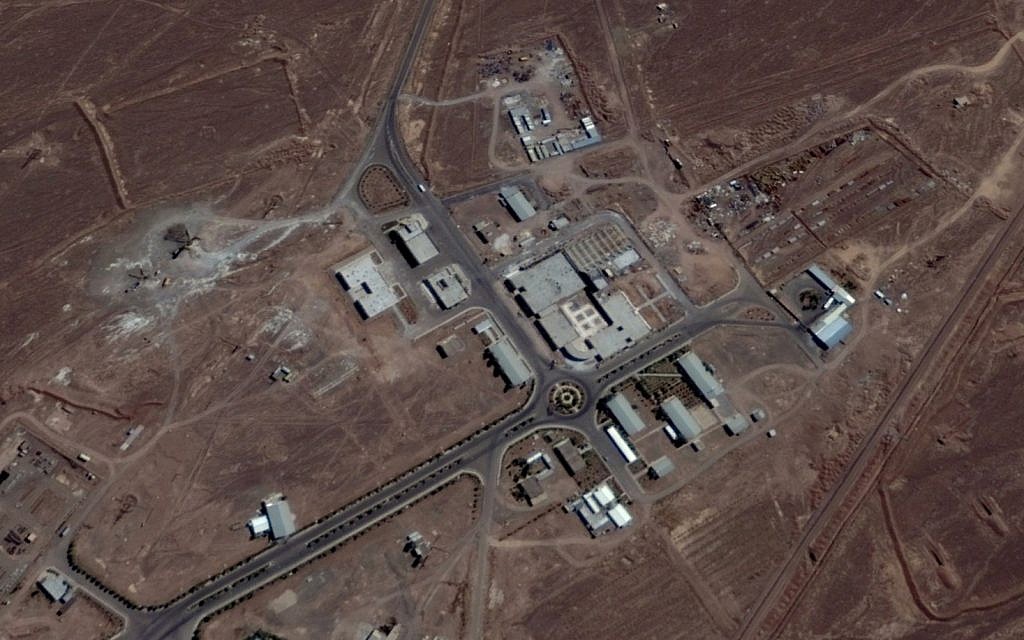



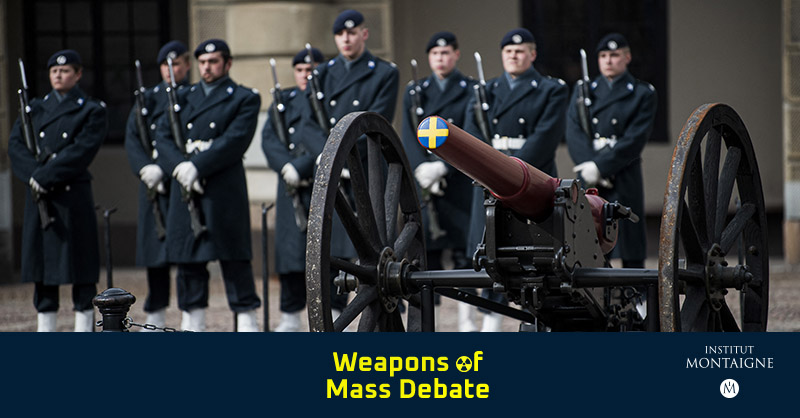


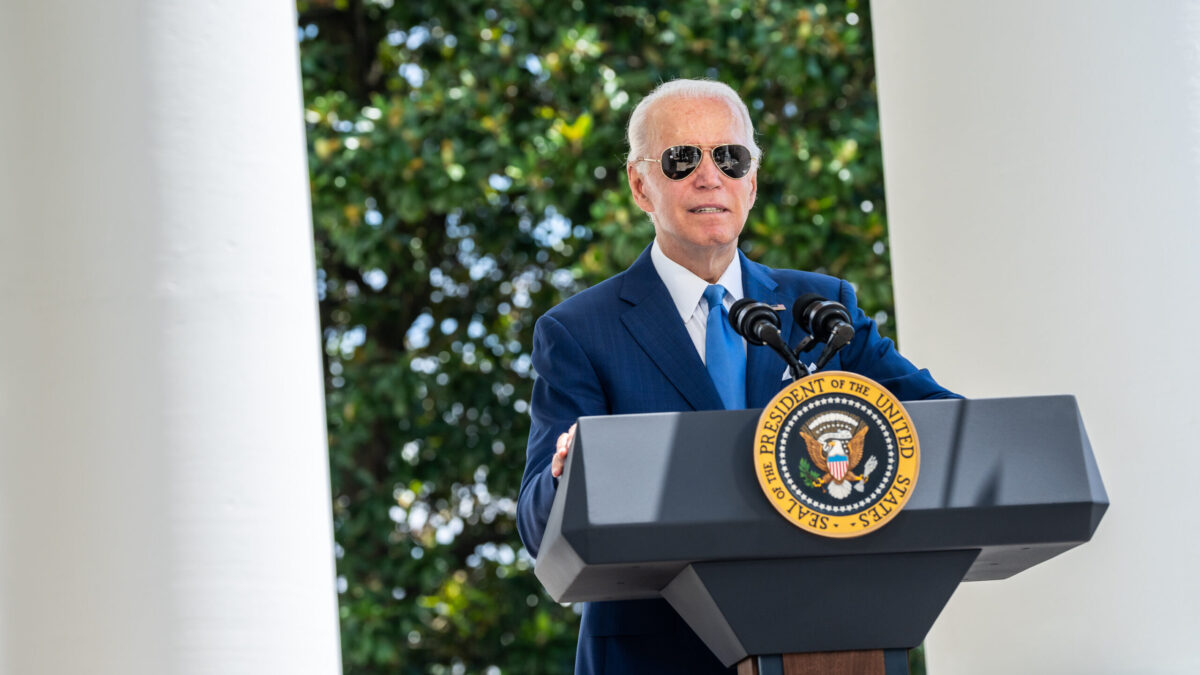




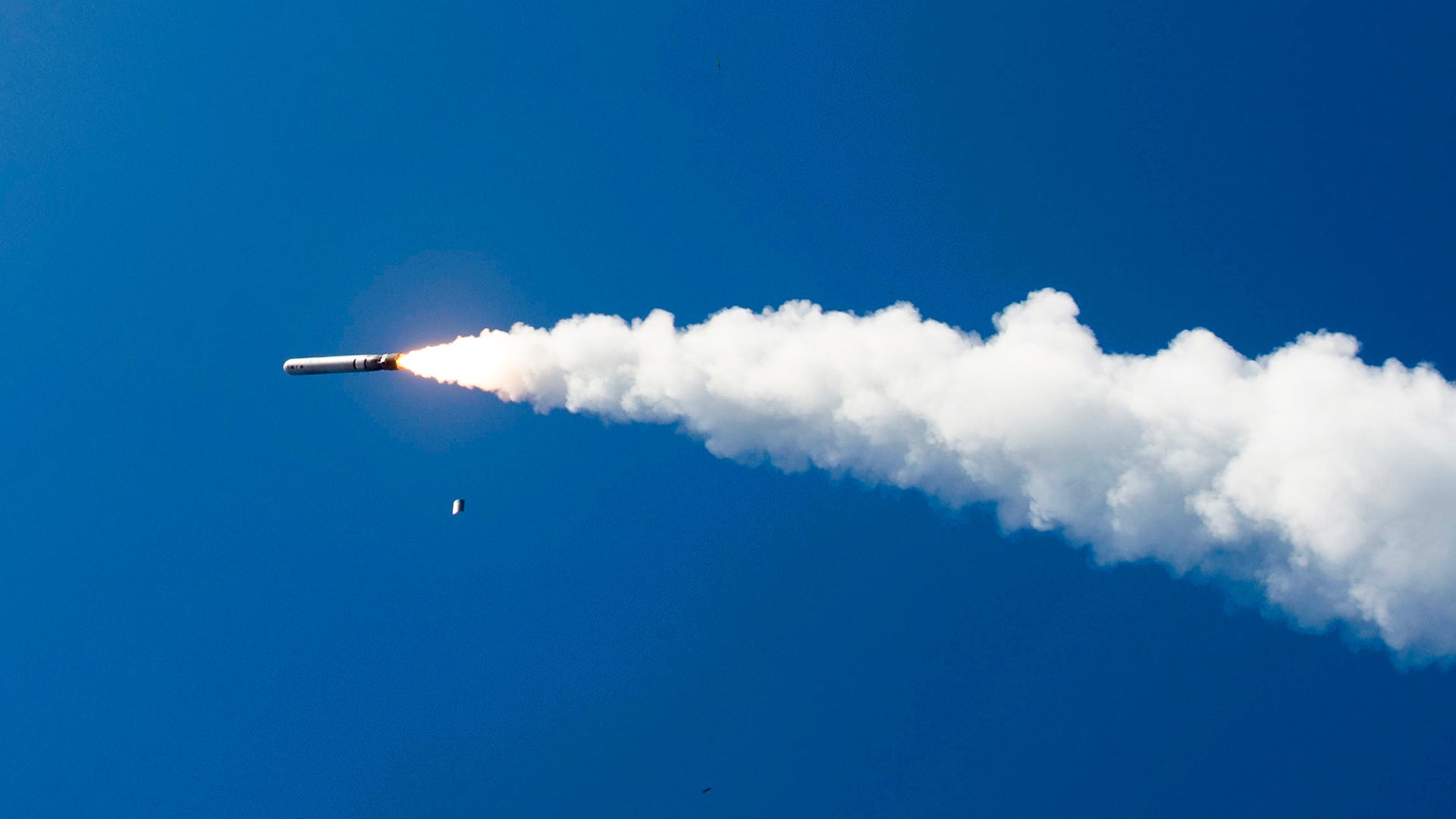
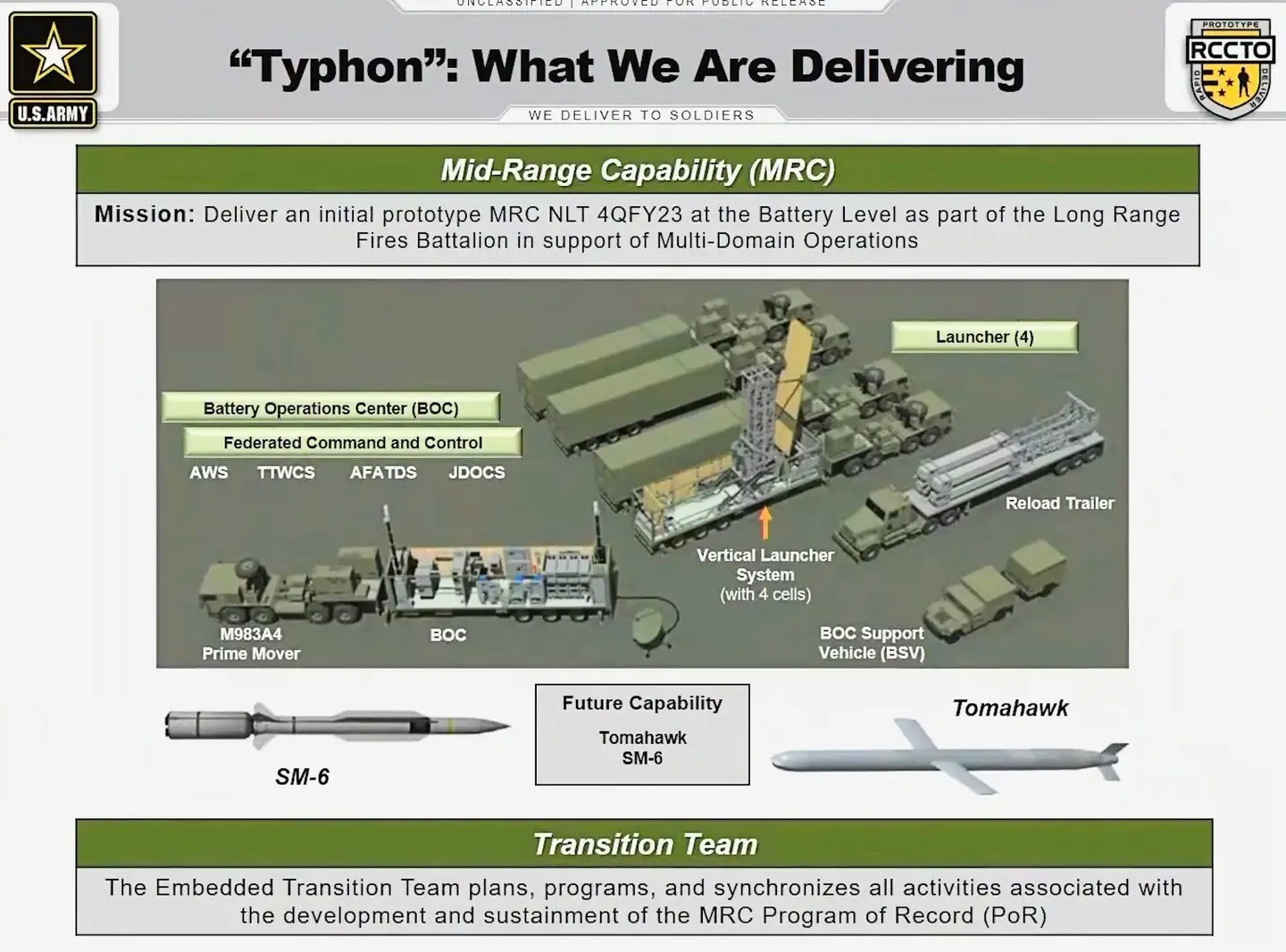
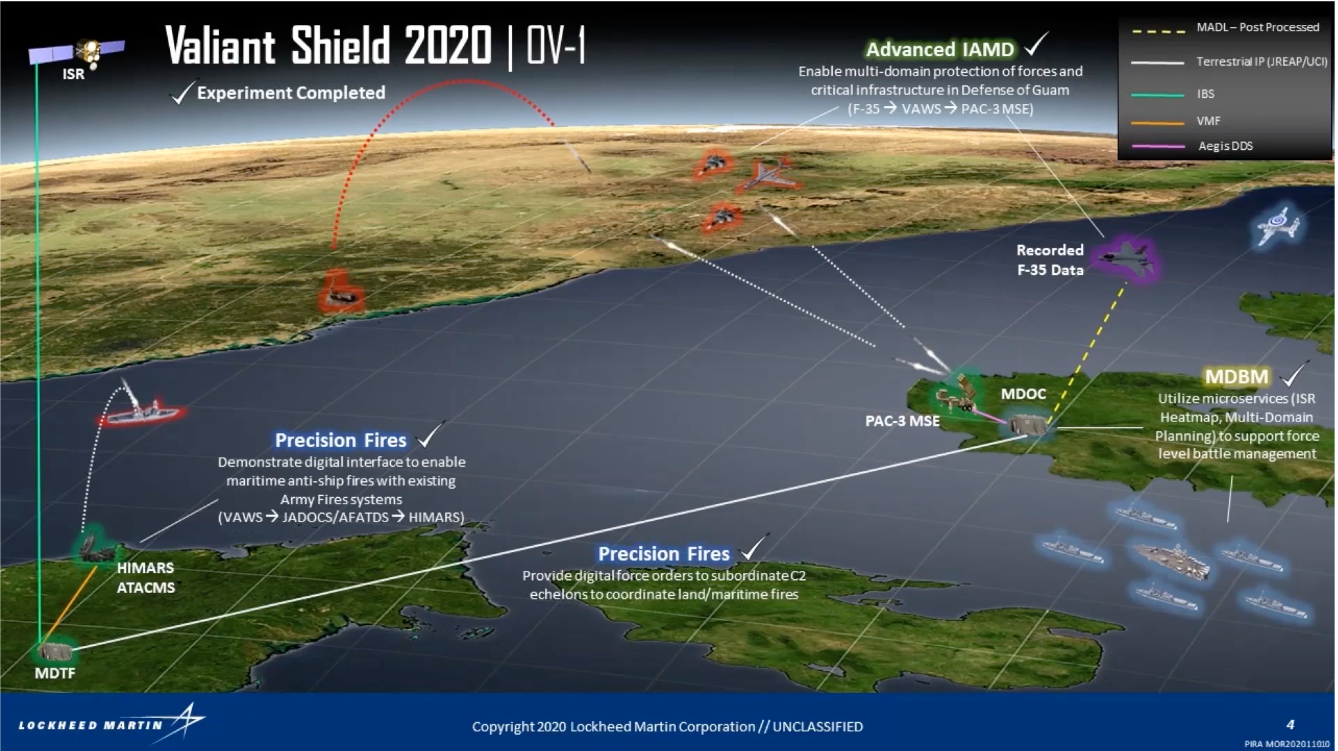
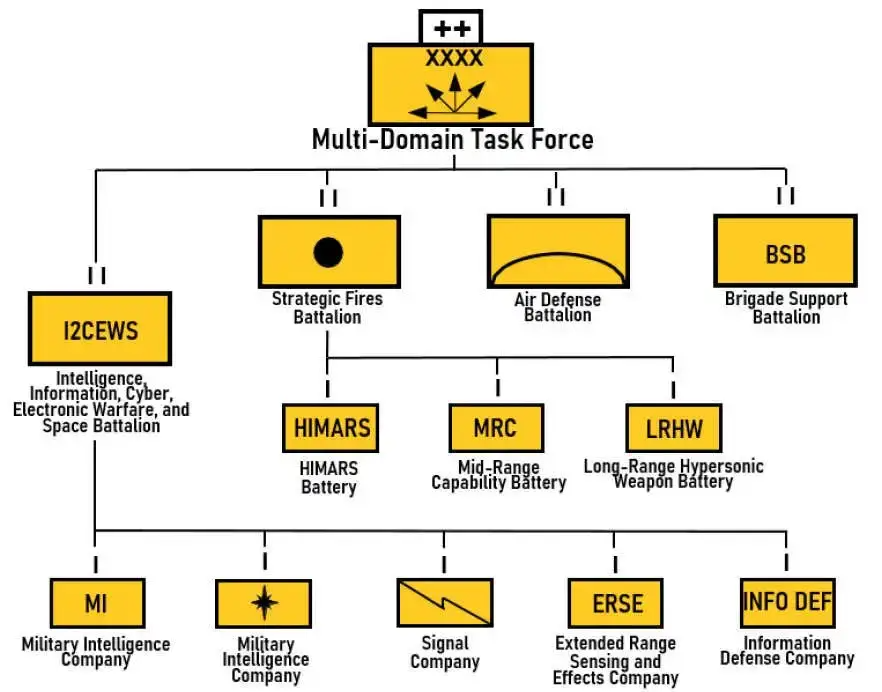
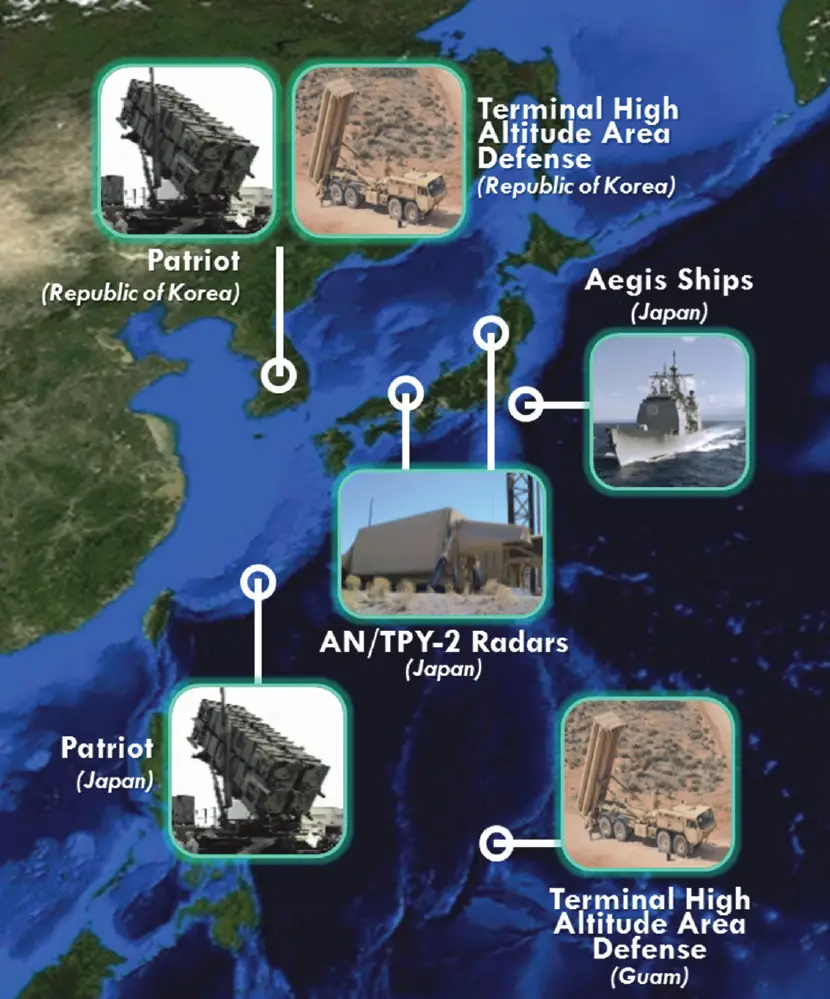
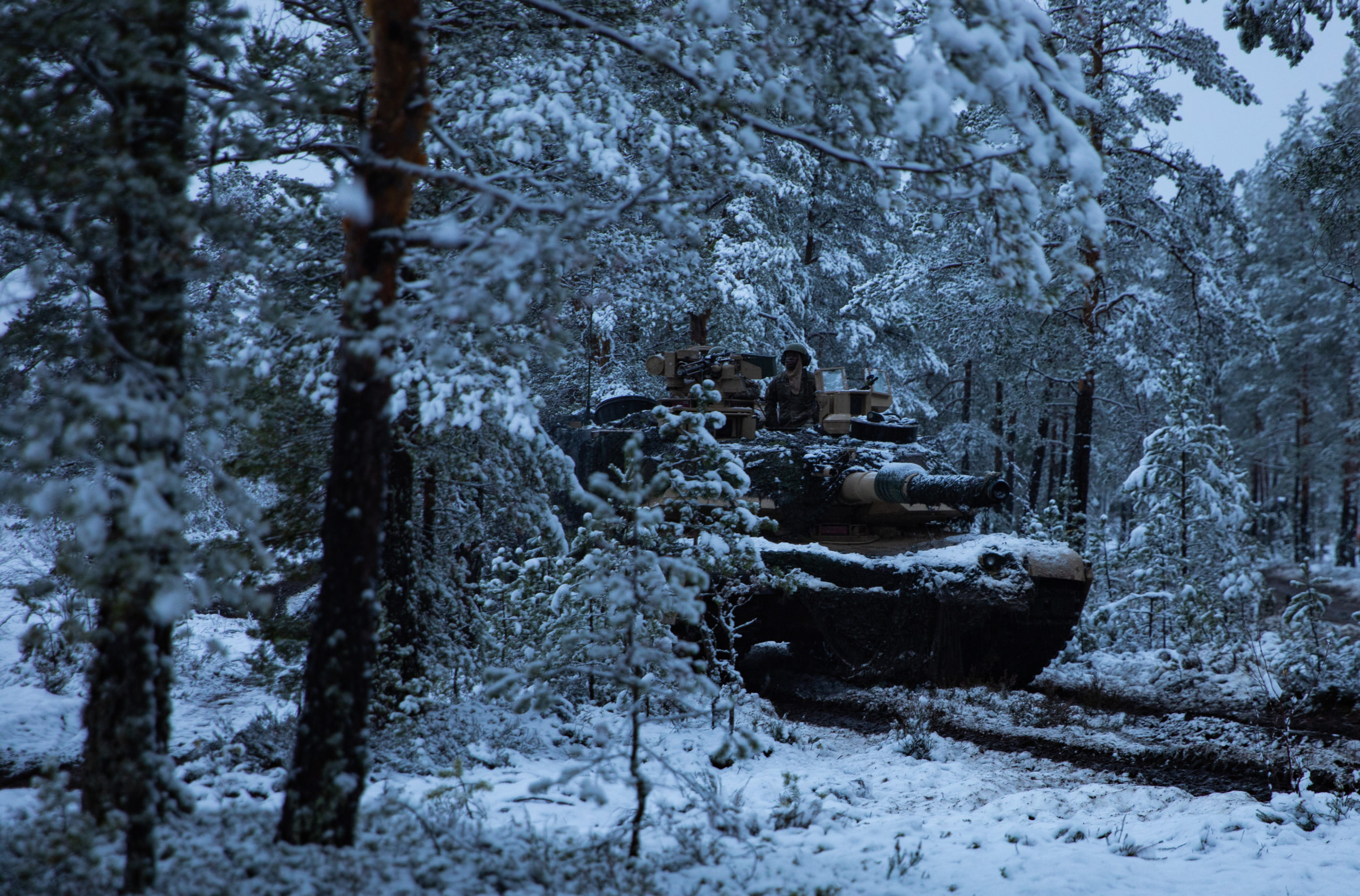


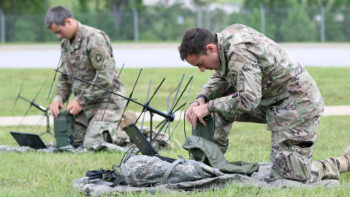
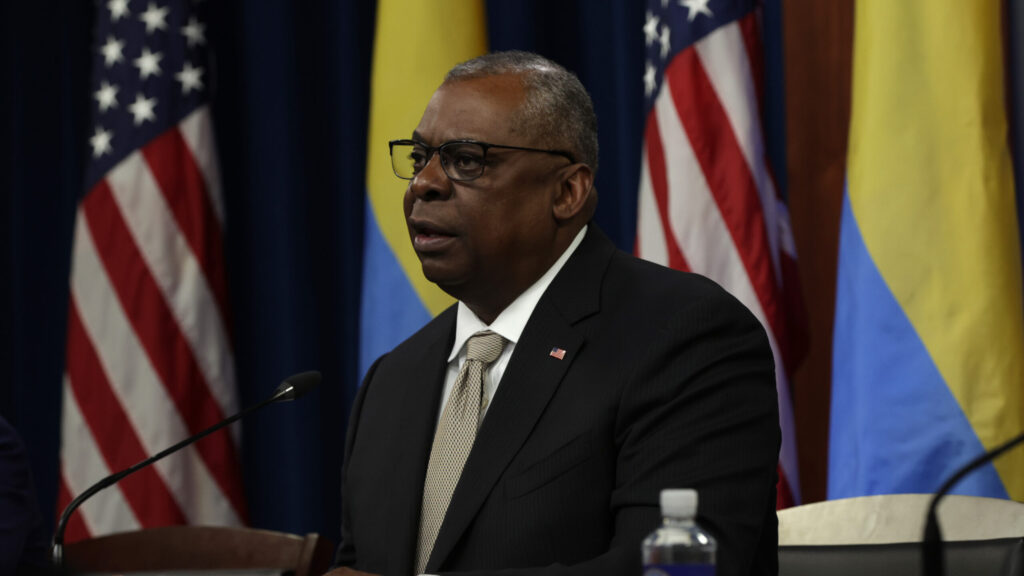

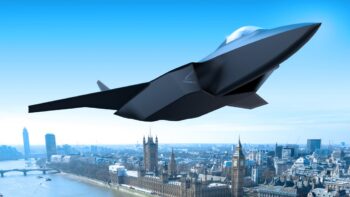
/cloudfront-us-east-2.images.arcpublishing.com/reuters/DOEQPLS7ZVLUVPFYO42E24QI7U.jpg)